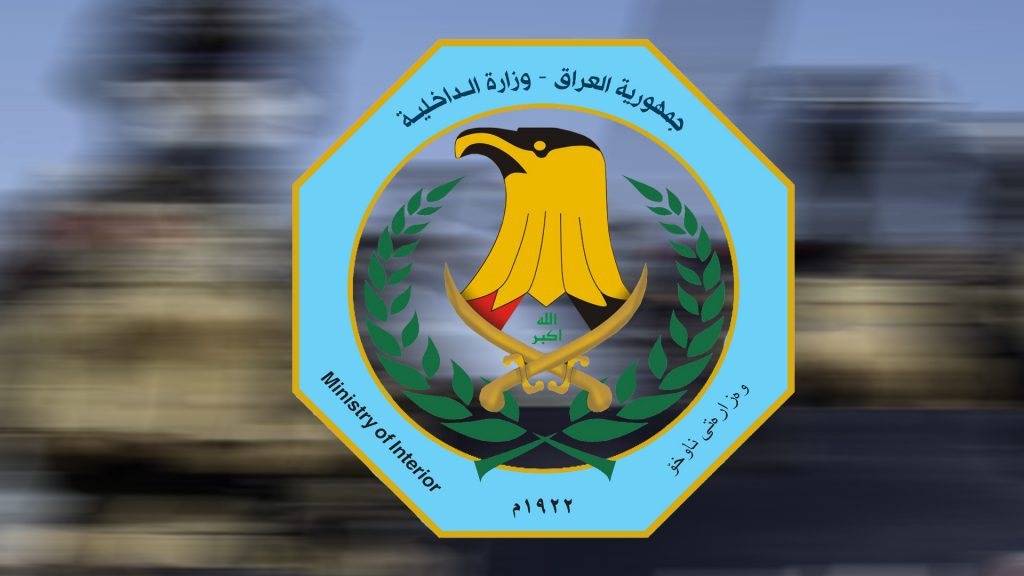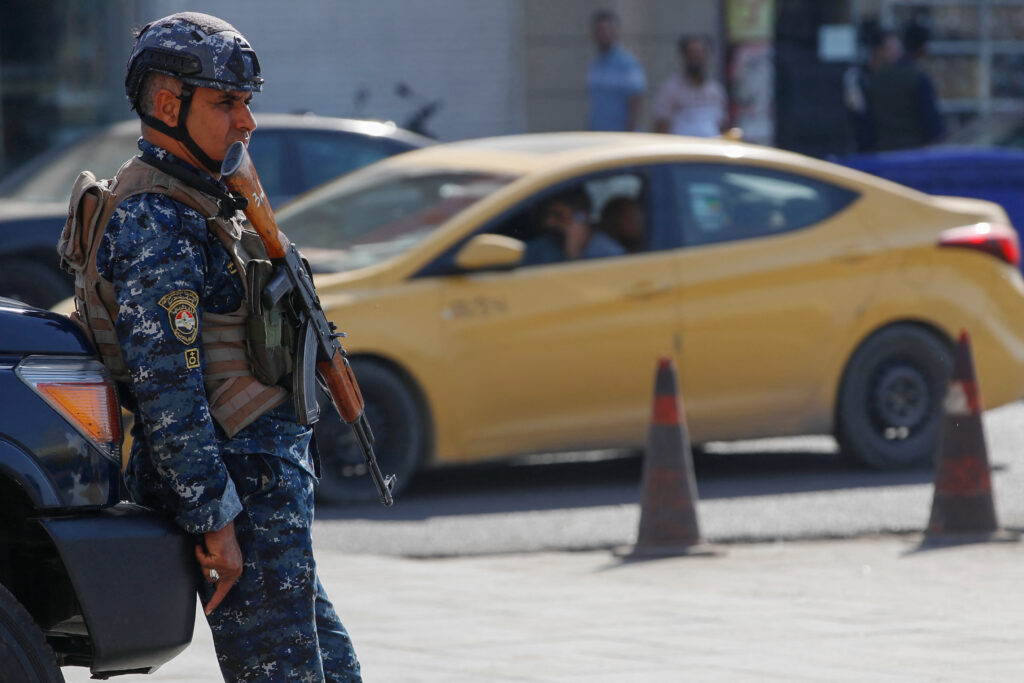Pentagon sees Iraq and Syria facing greater threat from ISIS, Iran proxies

Emily Przyborowski
US Marine Gunnery Sergeant Scott Koppenhafer, 35, died August 10 in northern Iraq during a mission targeting suspected Islamic State (ISIS) members.
In December, US President Donald Trump proclaimed that ISIS had been defeated and that the United States would be withdrawing all troops from Syria. Following an outcry by lawmakers that ISIS was not defeated, the White House retracted the full withdrawal in February and said it would slowly withdraw troops and keep 200 on the ground.
Despite claims that ISIS had been defeated in December, a US Department of Defense report released in August said the pull out of approximately 1,000 US troops from Syria led to a resurgence of ISIS in both Syria and Iraq. The Pentagon report said that 14,000-18,000 ISIS militants are present in Iraq and Syria.
The report noted: “Despite losing its territorial ‘caliphate,’ the Islamic State in Iraq and Syria (ISIS) solidified its insurgent capabilities in Iraq and was resurging in Syria.”
The ISIS campaign of expanding throughout Syria and Iraq makes it difficult for dwindling troops to combat. Defense Department Acting Inspector General Glenn Fine stated in a memo accompanying the report that “the reduction of US forces has decreased the support available for Syrian partner forces at a time when their forces need more training and equipping to respond to the ISIS resurgence.”
Iraqi officials deny there has been any resurgence, claiming “the figure announced by the Pentagon is greatly exaggerated” and that the number of ISIS members on the border is only a few dozen.
ISIS may not be the only group looking to take advantage of US disengagement in the region. More than 50 Iran-linked militant organisations in Syria and Iraq are said to be trying to step in the power vacuum in Iraq and Syria. The groups’ encroachment asserts greater Iranian influence in the two countries. Many of the groups are battalions of the Iraqi Popular Mobilisation Forces, which allowed them to become active in Syria during the war.
In a recent issue of CTC Sentinel, a publication of the US Military Academy’s Combating Terrorism Centre, Michael Knights, a senior fellow at the Washington Institute for Near East Policy, wrote that the “main threat is Abu Mahdi al-Muhandis and Kata’ib Hezbollah,” the Iran-backed militant organisation that has become one of the most powerful Iranian affiliates in the region.
Muhandis, the group’s founder, has a long history of working with Iran-linked groups, including Hezbollah and the Badr Corps. Muhandis has been associated with several Hezbollah attacks, including the 1983 Kuwait Embassy bombing, and previously served as the leader of the Badr Corps. Muhandis is sanctioned by the United States and wanted by the Kuwaiti government.
Iran-backed groups have significantly strengthened since the US military pulled out of Iraq in 2011. Their increase in funding is because of their access to government funds meant to combat ISIS and corrupt money-making ventures.
The groups have expanded outside of Iraq and proliferate throughout Syria because of the current instability. In 2011, Kata’ib Hezbollah had approximately 400 active members in Iraq while today it maintains 7,500 fighters in Iraq and 2,500 fighters in Syria, Knights said.
The US withdrawal of troops from Iraq and the war with ISIS strengthened the struggling groups. Their actions on behalf of Iran in the Syrian war required larger recruitment, fundraising and training efforts.
The combination of ISIS and Iranian proxies in Iraq and Syria is a particularly challenging issue because allocating funds to fight ISIS acts as fodder to the Iran-backed organisations.
The withdrawal of US troops from Syria has stalled but further withdrawals might allow both groups to rebuild. Fine stated that the resurgence of ISIS “could cause US-backed forces in Syria to look for ‘alternate partnerships and resources’ to replace the reduced US support.”






